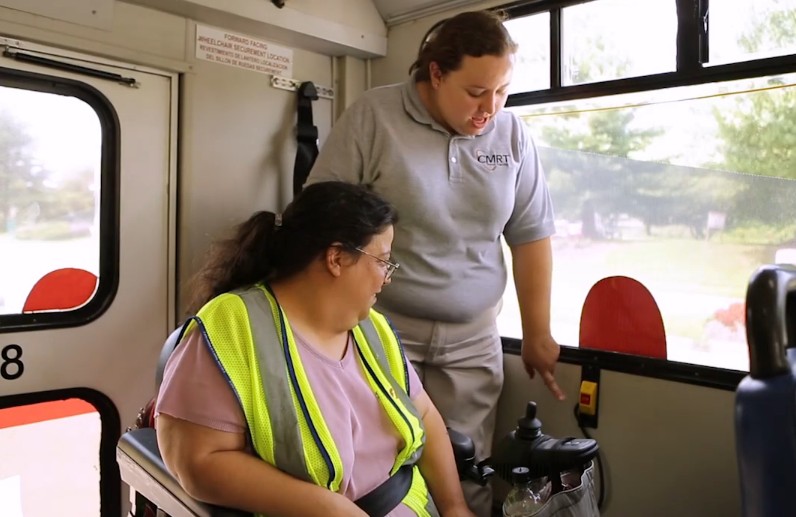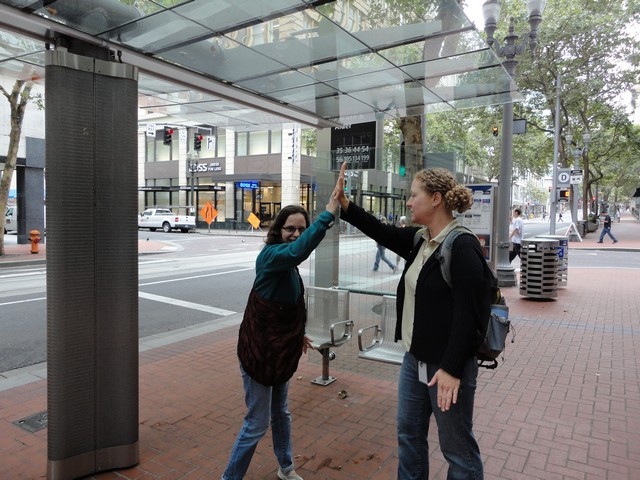Contributed by Julie Rosekrans, Training and Technical Assistance Specialist II, Easter Seals Transportation Group.

Julie Rosenkrans, Easter Seals Transportation Group
At its core, the field of travel instruction, or travel training, is about education and empowerment. Independent travel skills, such as safe street crossing, trip planning, and emergency preparedness can be taught, but the key to connecting trainees to the places they need to get to is found in mobility management!
There is a large focus these days on person-centered mobility management, specifically around connecting people to vital community destinations: medical appointments, employment opportunities, and educational and social destinations. When we understand the need to make various mobility options work for the individual, we succeed in connecting people to places, and isn’t that what mobility management is all about?
In my role as a Regional Liaison with NCMM, I have the pleasure of speaking with mobility managers from a host of different places around the country, and there is exciting work happening all around! mobility managers, among many other things, help to provide resources and make transportation more efficient. Many are even tasked with improving transportation coordination using existing resources.

Marlene Hendler participates in a travel training session on a Central Maryland Regional Transit route in Laurel, MD.
In the transportation field, we hear the word “coordinate” on an almost-daily basis. Mobility Managers are the ones who truly understand that coordination extends beyond basic communication. They work on coordination initiatives that often result in more options for those who need the services the most, like the people with disabilities and older adults who participate in travel training programs.
Mobility management and travel instruction both help to address the unique needs of a community. Many successful travel training programs out there adopt strategies from mobility management initiatives. Some programs are even housed within mobility management teams at local transit agencies. There are even mobility managers who double as travel trainers! The impact of the intersection of travel instruction and mobility management is seen in communities throughout the country. Florida Mobility Manager Natasha Serra reports that the Commission for the Transportation Disadvantaged’s Honored Citizens Program recently worked with the local Mobility Coordinator’s Office, the community, and transportation groups to sign up 161 citizens for travel training in just one year!
Here are some ideas for intersecting the fields of travel instruction and mobility management:
As always, continue to use NCMM as a resource on this topic. We are continuously looking for promising practices in mobility management. Maybe you have even developed strategies for beginning a travel training program or marketing an existing one? We would love to hear about your experiences, challenges, and successes as well as highlight the important work you are doing You can share your practices by completing a profile survey. You can also comment on this blog to share ideas and resources on the intersection of travel training and mobility management.



